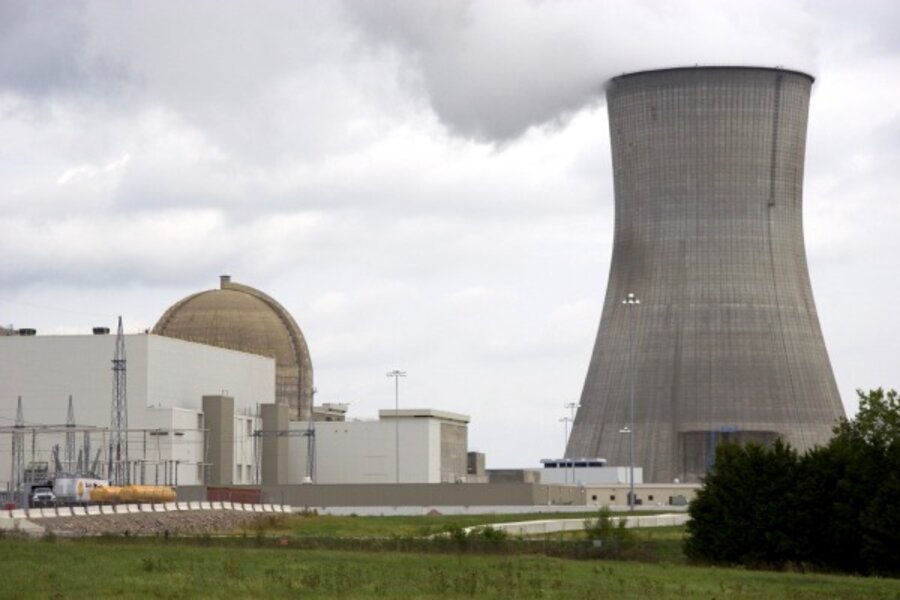Commercial nuclear power plants in the United States have produced electricity for over half a century, and there have been no radiation-related deaths linked to their operation. Studies by numerous health entities, including the National Cancer Institute and the United Nations Scientific Committee on the Effects of Atomic Radiation, show that US nuclear power plants effectively protect the public’s health and safety.
The US Nuclear Regulatory Commission (NRC) regulates the commercial and institutional uses of nuclear energy, including nuclear power plants. These plants are designed, licensed, constructed, and operated to rigorous requirements established by the NRC. Additionally, the NRC has a continuing inspection and oversight process with on-site resident inspectors and periodic inspection teams to ensure compliance with regulations and associated programs.
Following the 9/11 terrorist attacks, the nation’s nuclear power plants voluntarily performed comprehensive reviews of catastrophic events and implemented mitigation strategies to further bolster their preparedness. These site-specific reviews were conducted by teams that included the Nuclear Regulatory Commission, Department of Homeland Security, Department of Energy, and Federal Bureau of Investigation.
While it will take some time to fully understand the events at the tsunami-stricken Fukushima Daiichi nuclear plant, we will evaluate the lessons from the events at Fukushima and apply them to make US nuclear plants even safer.





